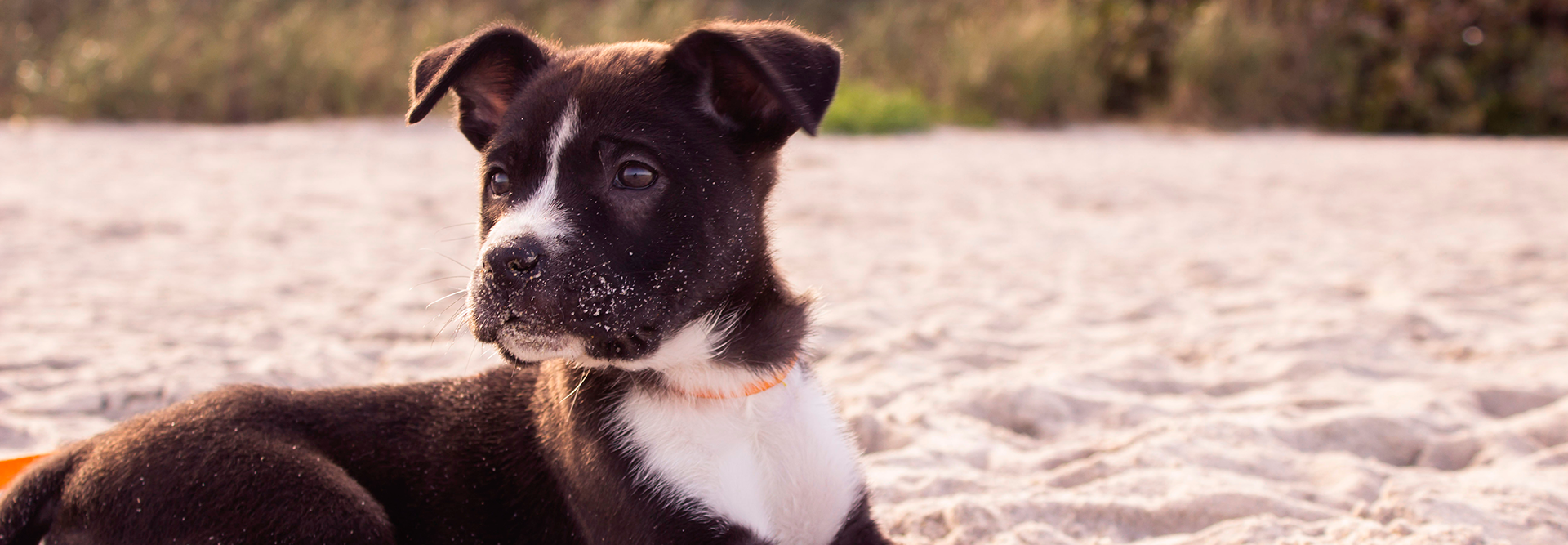
Finding the perfect products for a puppy is tricky for first-time dog owners. From dog beds to collars, there are so many things puppies need to be happy! Most new puppy parents are overwhelmed with the countless arrays of items available at pet stores. You may find yourself asking the same questions like “what kind […]
Finding the perfect products for a puppy is tricky for first-time dog owners. From dog beds to collars, there are so many things puppies need to be happy!
Most new puppy parents are overwhelmed with the countless arrays of items available at pet stores. You may find yourself asking the same questions like “what kind of products does my puppy need?” or “does my puppy really need doggy couture?”.
Honestly, there’s no need to splurge on puppy products. We know it’s tempting to spend any money on your new cuddly friend but it isn’t necessary. Instead, we recommend picking the most essential items your puppy needs for that first week they’re home with you.
When you prepare ahead and have all products ready for use at home, you make your puppy’s homecoming a special one.
Here are 5 puppy products every new puppy parent should have!
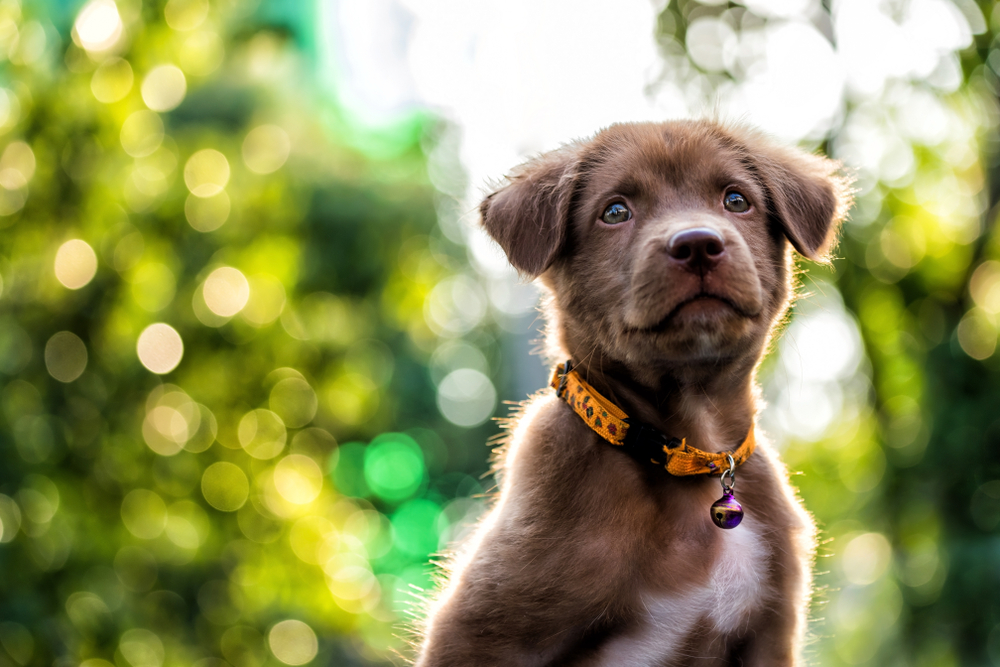
You can never go wrong with a puppy collar and leash! Every puppy needs both items to go on adventures with you. Your puppy’s collar design and style are up to you.
Since it can come in a variety of different styles, colors, and designs, you can choose one that’s plain or fancy. We suggest choosing the style and look based on your preferences and your puppy’s personality.
A collar is a must-have item for all puppy parents because the ID tag you attach to it will hold your personal information like your address and phone number.
Make sure your collar has a tag that can be attached to a leash. This will help you go out on safe walks or to the dog park with your puppy.
Your puppy’s collar should fit onto its neck without it being too tight or too loose. If you aren’t sure, place two fingers between your pup’s collar and its neck. It should be loose enough so that they’re able to breathe. As your puppy grows, you will need to upgrade the size of their collars so that it fits their neck just right.
An alternative to a dog collar is a harness. A harness is placed on your puppy’s upper body and prevents you from placing too much strain on their neck during walks. This item also comes in different styles, sizes, and colors so feel free to pick one that fits your pup’s beautiful personality.
Your puppy’s leash should be strong and at least 4 feet in length. Do not go for a long leash when your puppy is still young and untrained. A shorter leash gives you control of your puppy during walks and training.
We also suggest choosing a leash that contains a loop so that it’s easy to grip. If your puppy decides to spring into action or chase after a squirrel, you won’t be pulled into the conflict.
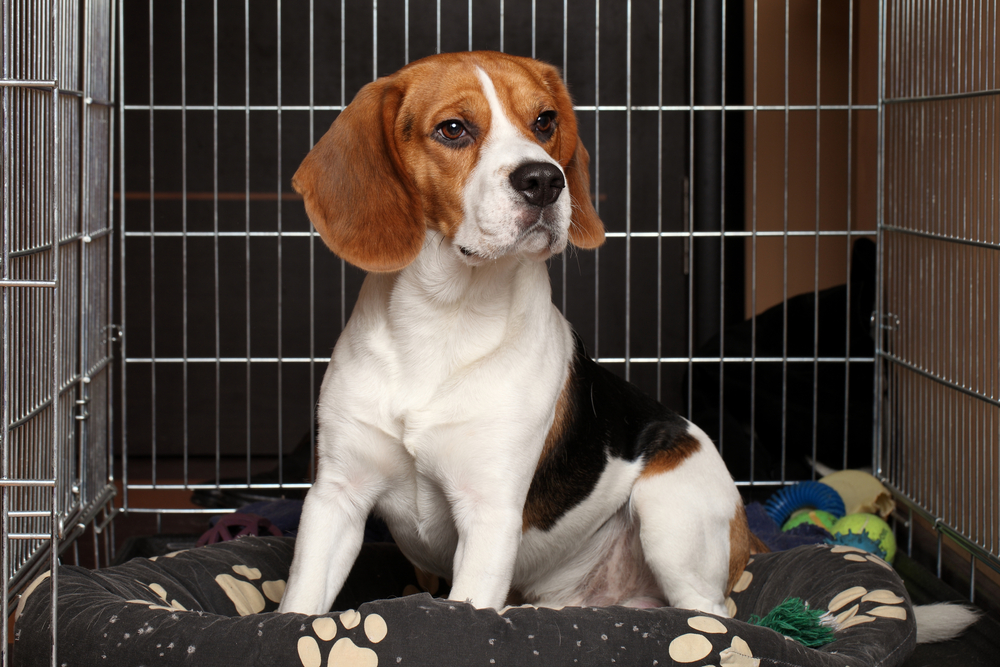
A crate is a must-have for any puppy parent! Crates are amazing tools for potty and obedience training. They keep your puppy in a safe area inside your house. This means you’re able to monitor and train your puppy without having to worry about your puppy wandering into a garbage can.
Of course, we understand if you feel that a crate is isolating or scary for your new puppy. Some crates make it seem like your puppy is caged in.
Crates, however, build on your pup’s natural instincts as a den animal. When puppies go to sleep, they prefer a home that’s safe, secure, and cozy—all of which crates provide!
Many crates are made from several different materials such as stainless steel, plastic, and fiberglass. Stainless steel crates last a long time. These crates are easy to fold and unfold and provide your puppy with the sense of cozy comfort they’re looking for.
Plastic and fiberglass crates are lightweight and easy to maintain. Plastic crates provide a measure of security not just in a home but while driving or flying. Fiberglass crates are similar to warm dens in the wild, especially if you place a soft blanket or bed inside.
When choosing a crate, always double or triple-check that your furry friend is able to stand, lay down, stretch, and turn around while inside. They need to feel as comfortable as possible. The crate should also not be too large as your puppy can end up thinking there’s room for a potty break in one corner!
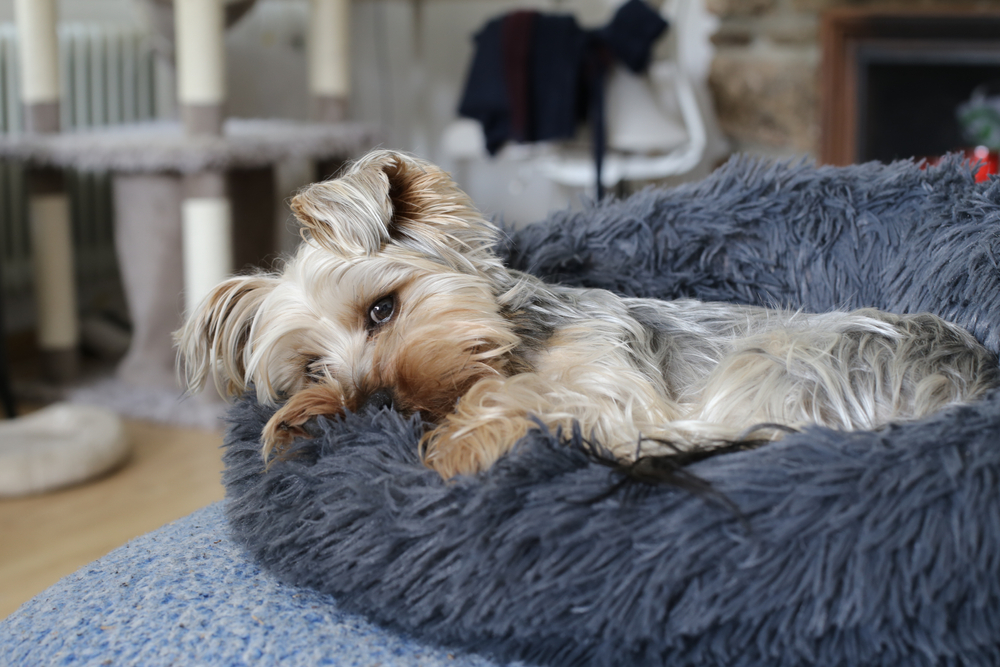
Puppies love a nice, cozy space that they can rest in, especially on their first night at home. A dog bed will help keep your puppy warm during sleep. With puppy beds, you have a variety of options to choose from, such as small beds, fleece beds, and dome dog beds.
Your puppy’s bed should be small to medium-sized so that they have enough space to lay and curl before nap time. If your fur-baby belongs to a large dog breed, try purchasing a medium-sized dog bed before upgrading to a larger bed that accommodates their size.
After your puppy gets used to its new bed, you can purchase pillows, cushions, and blankets to help your furry friend sleep even cozier.
Some beds are also made with recycled materials to protect the environment or with special scents that ward off bugs. Be sure that your puppy doesn’t chew on their bedding.
Many beddings contain foam or stuffing that can make your furry friend very sick. Switch to a soft blanket until after your puppy’s chewing phase is over.
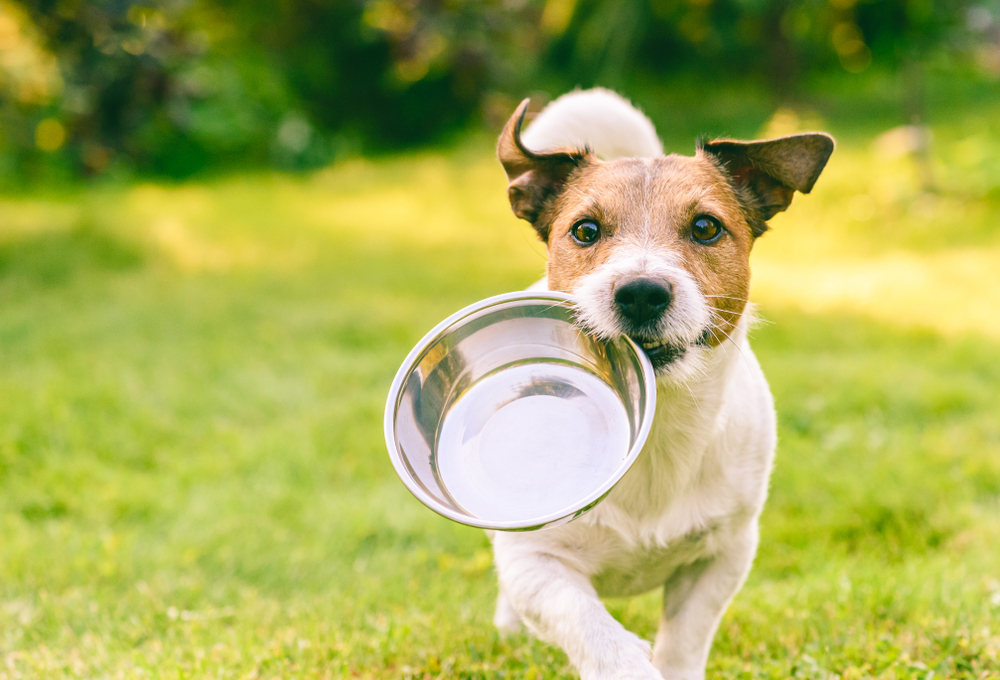
Puppies need food and water bowls to eat and drink properly when they arrive home. At Petland, we have beautiful, high-quality varieties of dog bowls available for purchase.
Many foods and water bowls are made of ceramic, stainless steel, glass, or standard plastic. However, each bowl has its advantages and setbacks so you will need to consider the following:
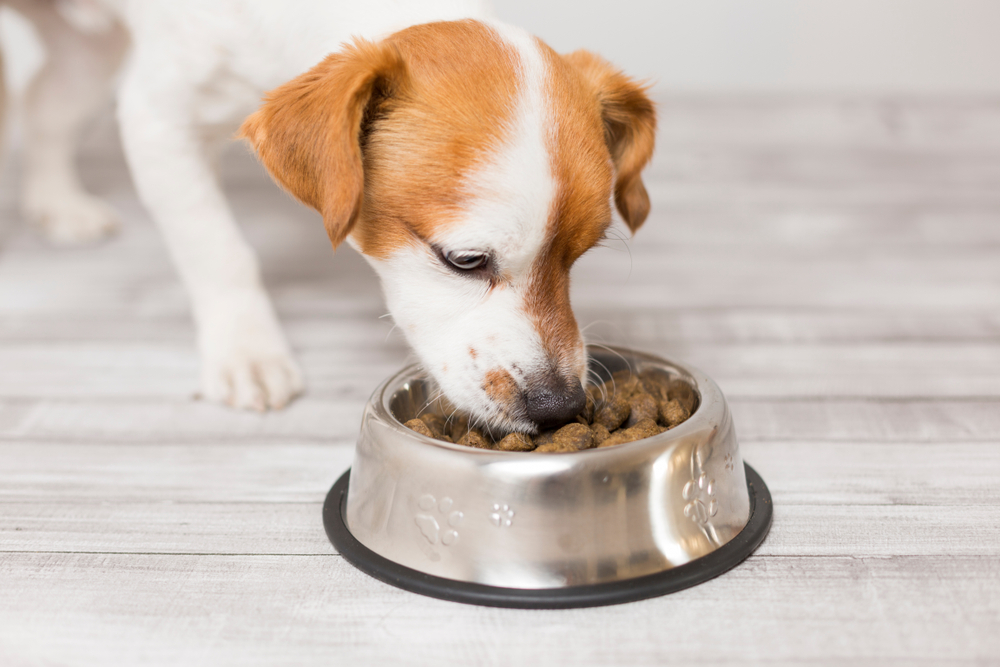
Puppies are small but they have big appetites! All puppies need a well-balanced, high-calorie diet for their growing bodies.
As such, the food you choose to give your puppy needs to be nutritionally balanced so that it meets your puppy’s demanding growth.
Several puppy food brands meet your puppy’s specific nutritional needs. These brands usually contain the amount of protein, carbohydrates, fats, and vitamins that your furry friend needs to grow into a healthy and strong adult dog.
As you search the shelves at a pet store, never forget one important thing: the ingredients label. The ingredients label contains all of the ingredients that the bag of food contains. The foods listed in the beginning are the ingredients the food contains the most.
So if you notice that a dog food brand lists fats, additives, or sugars as one of the first ingredients, stay away from it. Check the ingredients of other puppy food labels. Your puppy deserves better than fatty foods with unhealthy ingredients.
If you’re not sure what your puppy needs to eat or have questions about puppy nutrition, talk to your vet or one of our Pet counselors for the best advice!
Purchase your puppy’s products early so that you aren’t scrambling to the pet store to buy must-have puppy products at the last minute. By being ready, you’ll have more time to cuddle, play, and bond with your puppy. We’re sure that with these items in your home, your puppy will have a happy and healthy first day in its fur-ever home!
It’s also important to keep proper identification on your puppy at all times. However, when you lose them, it can cause a ton of heartbreak. Check out our blog, How To Find Your Lost Dog, to learn more about keeping your fur-baby safe.